Description
Celestron Skyris 132C Aptina CMOS
Ontworpen en ontwikkeld in Duitsland door The Imaging Source, de leider in high-end planetaire camera’s, in samenwerking met Celestron-ingenieurs in Californië.
Aangedreven door SuperSpeed USB 3.0-technologie, Skyris overdracht van gegevens op de snelst mogelijke snelheden.
Beschikt over de Aptina AR0132 CMOS-sensor, een geavanceerde chip die wereldwijd door beeldvormingsbedrijven wordt gebruikt
‘s Werelds top planetaire imagers, inclusief Christopher Go, bèta-getest.
Inclusief software van Registax en iCap.
- Designed and engineered in Germany by The Imaging Source, the leader in high-end planetary imaging, in collaboration with Celestron engineers in California.
- Powered by SuperSpeed USB 3.0 technology, Skyris transfers data at the fastest possible speeds.
- Features the Aptina AR0132 CMOS imaging sensor, a state-of-the-art chip used by imaging companies worldwide.
- The world’s top planetary imagers, including Christopher Go, beta-tested and use Skyris cameras.
Celestron offers a wide array of high-quality, affordable, and user-friendly planetary imagers! Click here to learn more on how to choose an imager that’s right for you.
CELESTRON PARTNERS WITH THE IMAGING SOURCE
For years, The Imaging Source has produced astronomical cameras known for quality, performance, and value, elevating planetary imaging from a casual hobby into an art form. Now, The Imaging Source design team in Germany has joined forces with Celestron’s engineers in California to create the Skyris line.
Skyris combines the unmatched expertise of The Imaging Source, with Celestron’s innovative industrial design. And of course, it’s backed by Celestron’s world-class product support and 2-year warranty. Whether you’re an advanced user or a beginner, you’ll love creating beautiful astroimages with these easy-to-use cameras. Capture the Sun, Moon, and planets like never before and create crisp, high-resolution images.
MORE DATA, FASTER WITH USB 3.0 AND LIGHTNING-FAST READOUT
Skyris is capable of super-fast image download thanks to USB 3.0 connections. Even more impressive, Skyris’ CMOS sensor is capable of capturing up to 200 frames per second when subframed on planets. Or image the full 1.2 megapixel 1/3-inch sensor at 60 frames per second—great for lunar and solar imaging.
ULTRA-SENSITIVE APTINA AR0132 CMOS SENSOR
CMOS technology is emerging as the hottest thing in imaging, and Aptina’s AR0132 sensor leads the way. This updated version of the popular MT9M034 sensor offers the perfect combination of speed, sensitivity, and value. You’ll get results that rival those of more expensive cameras, at a price that’s well suited to the budding astroimager.
Skyris 132C is a one-shot color camera, allowing you to capture full-color images instantly. There’s no need to image the same target multiple times to capture different colors. You also won’t need to invest in filters and a filter wheel.
Skyris also features a Celestron-designed camera body, which helps dissipate heat to minimize the effect of thermal noise on the CCD. Skyris cameras do not have an optical window, which makes cleaning your camera easier and ensures maximum light transmission with no risk of internal reflections.
A COMPLETE IMAGING SOLUTION—JUST ADD YOUR TELESCOPE AND PC!
All Skyris cameras include Celestron iCap capture software and stacking software (for Windows systems only). This software suite allows you to easily control the camera, capture, and export your images or movie files. Next, you’ll filter your images and stack the best shots to create your masterpiece.
With a 1.25″ nosepiece and 10′ USB 3.0 cable included, Skyris has everything you need to get started with lunar, solar, or planetary imaging.
USING SKYRIS AS AN AUTOGUIDER
Skyris cameras also make excellent autoguiders. If used with a Celestron mount, Skyris connects as a DirectShow device or WDM-style webcam. Just plug the hand control into the supplied serial cable using an optional USB to RS-232 Adapter. Skyris works with popular software like MaxIm DL or freeware like PHD Guiding. Or, plug the camera into the ST-4 autoguider port on select non-Celestron mounts, turning your Skyris into a high-end autoguider. Learn more on our Support Tab.

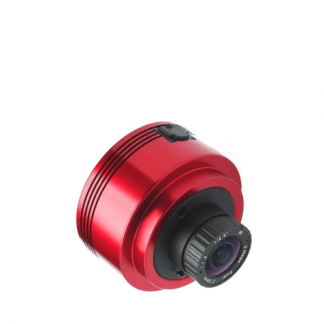
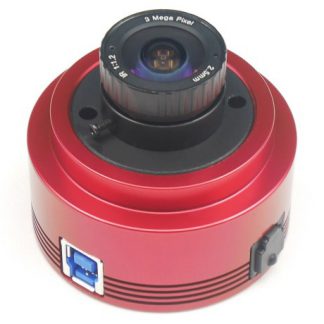
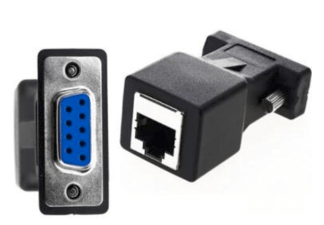
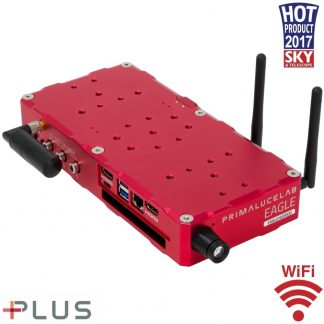
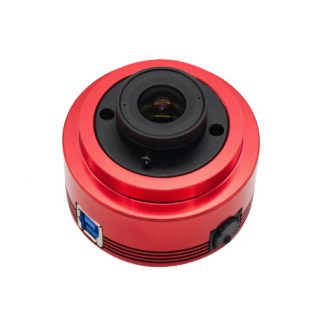
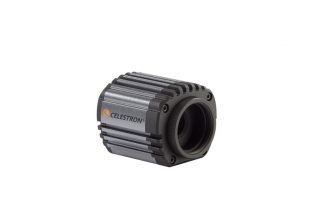
Reviews
There are no reviews yet.